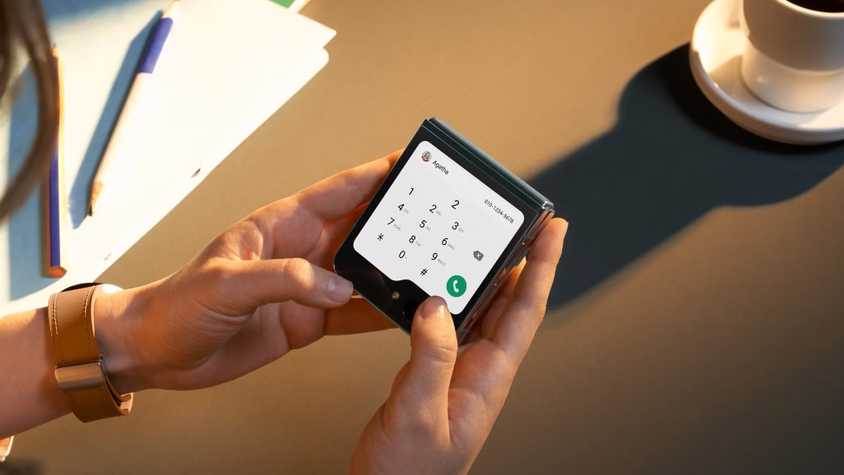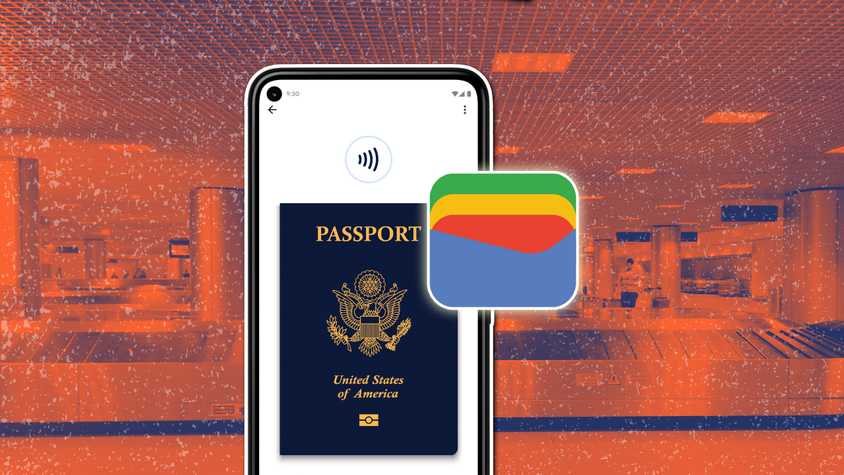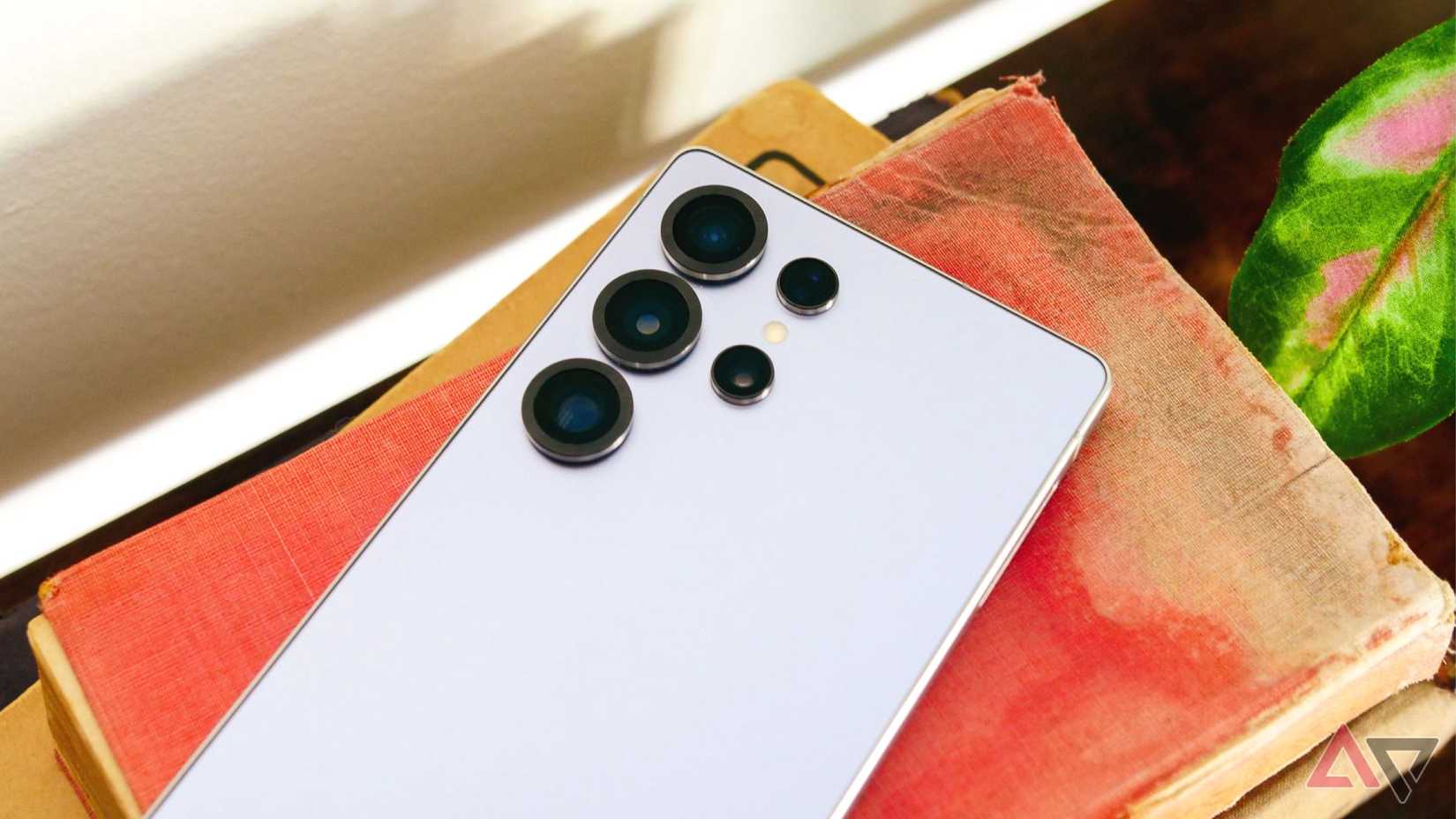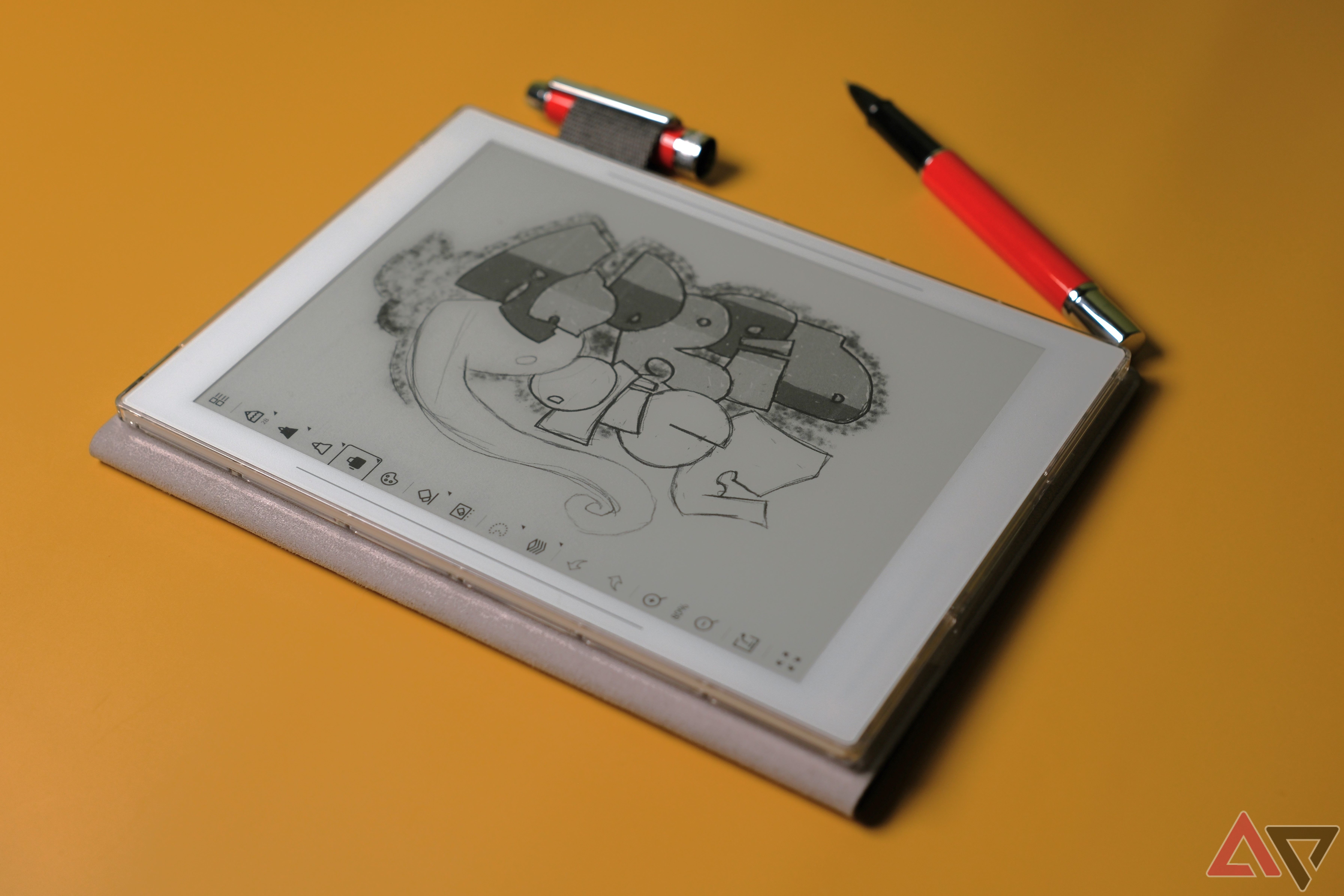The concept of smartphone addiction is probably nothing new to you. Search “smartphone addiction” and you’ll pull up studies from universities, government reports, and articles from rehab and addiction centers.
The conclusions are clear: smartphone use is directly correlated with decreased productivity and happiness.
Again, this is nothing new. Ask someone if they would like to spend less time on their phone, and they’ll answer in the affirmative.
But how to do it? Our smartphones come with app limit settings, but they don’t work. Google profits off smartphone addiction, so why would it invest in actual remedies?
There are many effective ways to tackle smartphone addiction, but like dieting, exercise, or by replacing your phone with a distraction-free Light Phone.
Tackling your smartphone addiction doesn’t have to be boring and hard work. I discovered a way to reduce my smartphone addiction that I looked forward to every day. Here’s how.
Smartphones aren’t causing smartphone addiction
But they do enable the problem
The first thing you have to recognize is that your smartphone isn’t technically the problem.
We don’t want to spend more time on our phones; we want to spend more time consuming content. Smartphones merely provide a convenient method to access the content.
Therefore, the solution is to tackle the source of the problem of smartphone addiction. Rather than tackling the symptom (such as setting app limits, deleting Instagram, putting your phone down), tackle the problem.
Our brain desires dopamine sources, which the steady stream of content on Instagram or YouTube provides in an unlimited stream we can access with zero effort. It’s not your fault that you spend too much time scrolling TikTok; your brain needs it.
So, our brains need dopamine. We also want to fix our addiction to smartphones. The solution? Creation.
Earning dopamine is better than passively receiving it
A little bit of work goes a long way
Apps provide dopamine, but it’s not earned. This passive stream leaves us feeling empty and unfulfilled.
Apps manipulate us into thinking we’re on the verge of satisfaction, reducing our creative desires. Creating something earns us dopamine, which is inherently more satisfying and has a knock-on effect of making us create more.
Again, you probably already know this. Think of the last time you created something. It was more satisfying than scrolling on your phone, right?
The issue is that creating things is hard. Whether it’s picking up a guitar, writing a story, recording a video, or painting a model, creating things takes a lot of effort. It’s always significantly more effort than opening TikTok or Facebook.
The relevant issue is that as soon as we pick up our phones, it’s easy to fall back into the trap.
I spent hours every week creating (painting models), but I would pick up my phone before bed and waste over an hour scrolling through Instagram Reels.
If creation is meant to “fix” smartphone addiction, why was I still spending hours every day scrolling?
The trick I used was to use my phone to create. Here’s how.
Make creation as accessible as TikTok or Instagram
Trick your brain into creating
Recently, I wrote an article about how I organized my Android home screen into focus zones. The idea behind this change was to redesign my home screen so that useful information and apps I need to access frequently are at my fingertips (for example, Gmail, Spotify, WhatsApp), but games and social media are tucked away.
This method did work. The temptation to have quick scroll on Instagram before checking my emails was gone.
However, this detox meant my relapses were worse. I ended up scrolling for longer in the evening. The reasoning I made was that, as I hadn’t gone on Instagram all day, I had “earned” that time now.
To solve this problem, I tried something different from established methods, like reading a physical book or placing my phone on the other side of the room.
I decided to redesign my phone again to trick my brain into creating more.
Left: My home screen. Right: My second screen
Now, when I open my phone in bed, I’m confronted with four apps.
The first, Pixelart, I use to mess around with pixel art, even for just a few minutes.
Bundled Notes is not only a fantastic note-taking app, but also where I store all my short stories, excerpts, and poetry. Sometimes I’ll write one line before bed, sometimes multiple paragraphs.
I’ll sometimes pick up my guitar I keep by my bed, and use GuitarTuna to bang out a few tunes. Or I’ll use Recorder to voice my thoughts.
All these apps have one thing in common: I use them to create. When I open my phone, thinking about Instagram, I’ll usually tap one of these apps instead, as it’s right there. Just a few minutes is often enough to satisfy me.
It’s not perfect. I still catch myself mindlessly scrolling a couple of times a week, but the frequency has been drastically reduced.
Make creation convenient and easy
I knew that creating was a better alternative to consuming, but it was always too much effort.
By placing creation apps at my fingertips and combining them with the concept of focus zones, it became so much easier to tackle my problem of smartphone addiction.
My screen time hasn’t reduced much, but my overall happiness and satisfaction have increased. In short, phones aren’t the problem; content is.





